Enjoy the magical silence in the snowfall
In a world that can sometimes be so loud and busy, snow literally slows us down and quiets the sound.
Read MoreThanks to the internet, you can find statistics on farmland over the last 20 years.
In 2000, farmland represented 41.1% of the total land in the U.S. and in 2010 it was down to 39.8%. It was a drop of 1.3%, which doesn’t seem too bad until you realize that 29,420,000 acres of farmland was lost. From 2010 to 2020, the amount of farmland lost was 19,060,000 acres, a decrease of 0.82%. A little better, but still a concerning downward trend.
This downward trend did not start in 2000, but many years earlier. It did not go unnoticed by our elected officials. In 1982, the Ohio General assembly took action to help preserve Ohio farmland. They passed Senate Bill 78, which is commonly referred to as Ohio’s Farmland Preservation Act.
This important legislation created agricultural districts to promote the preservation of agricultural land. These ag districts are voluntary and can provide benefits to help farmers keep farming.
One of the benefits is you have a legal defense against nuisance lawsuits. Your agricultural operation is protected if it meets four criteria: it’s in an agricultural district; was established prior to the neighbors who are suing; the neighbors suing aren’t farmers; and the farm-related activities don’t violate any other laws and are done in accordance with acceptable
agricultural practices.
Another benefit deals with the deferment of development assessments until land is changed to non-agricultural use. When new water, electric, or sewer lines are added or extended, the cost is often assessed to the property owner based on their road frontage. These costs can add up quickly for a farmer. My family knows this scenario all too well. Years ago, when mud roads were being improved to gravel roads, Leroy-Thompson and Plank roads were targeted in the same year. My great-grandfather was a modest farmer, as most were at that time, and his farm was where these two roads met. The farm wasn’t large but did have considerable frontage on both roads. Because of this, the tremendous assessments that were levied upon him were more than he could financially and mentally handle. My great-grandma moved the four kids to Painesville and began teaching school.
If your land is in an ag district, this legislation places additional restrictions upon eminent domain actions. If more than 10 acres or 10% (whichever is greater) of any one property is proposed, the law calls for a review by the state director of agriculture to determine if an alternative is possible.
I wonder how this would have been applied when the Smallsreeds’ and many others’ farms were acquired through eminent domain for the creation of the Ravenna Arsenal?
The qualifications to be in an ag district are the same as for the Current Agricultural Use Value (CAUV) program. You must have at least 10 acres used for agricultural production or activities for three years and have an average yearly gross income of at least $2,500 during that time period.
I hope you won’t have need for the added protection that being in an ag district provides, but if you qualify, why not participate?
The application for an ag district can be found on the county auditor’s website. Already in an ag district? Great, but don’t forget to renew this designation every five years. If you have questions, give us a call at our regional Farm Bureau office at 440-426-2195.
Submitted by Mary Smallsreed, a member of the Trumbull County Farm Bureau, who grew up on a family dairy farm in northeast Ohio.
OFBF Mission: Working together for Ohio farmers to advance agriculture and strengthen our communities.


In a world that can sometimes be so loud and busy, snow literally slows us down and quiets the sound.
Read More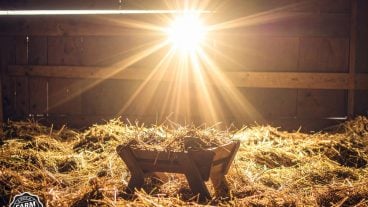

It might seem like a real chore to have to take care of the animals before any Christmas gifts or meals can happen, but to me it is such a special time.
Read More

Happy Thanksgiving, Everyone! I say it every year, but Thanksgiving is my favorite holiday. The gathering of friends and family…
Read More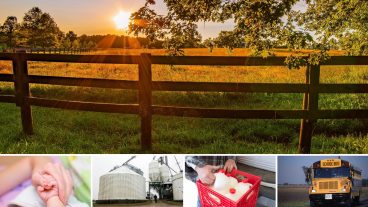

We need to get back to being people who see the good before the differences. Because when agriculture thrives, communities thrive.
Read More

As we pull on our hoodies, light our jack-o’-lanterns and sneak just one more piece of candy, we can thank agriculture for giving us the most spooktacular night of the year.
Read More

It is currently illegal to sell unpasteurized milk in Ohio. There is a renewed interest in raw milk sales, so that could change.
Read More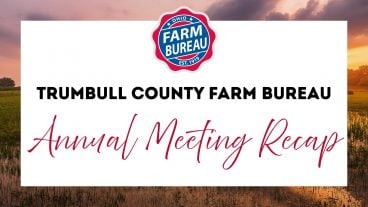
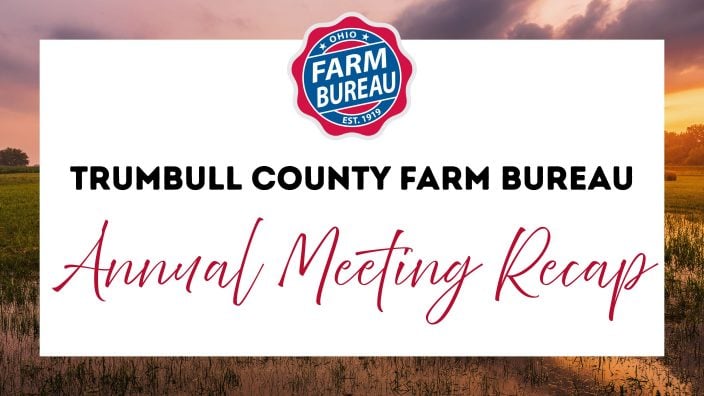
Trumbull County Farm Bureau held its 2025 Annual Meeting Thursday, Sept. 11, 2025 at 6:30 p.m. at the Trumbull County Fairgrounds, 899 Everett Hull Rd, in Cortland.
Read More
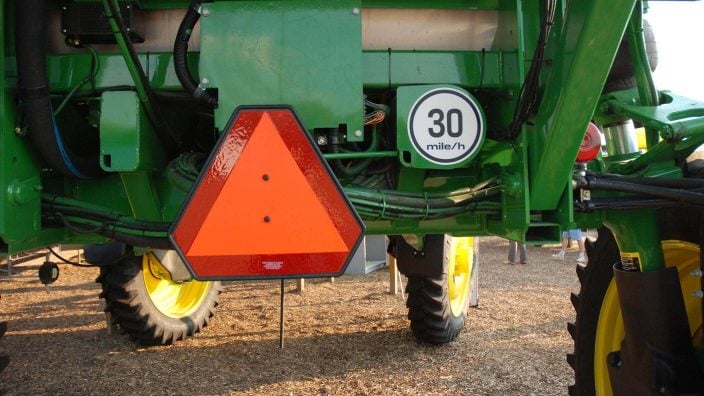
Fatigue and stress can sneak up on even the most seasoned farmer. Please, take care of yourselves.
Read More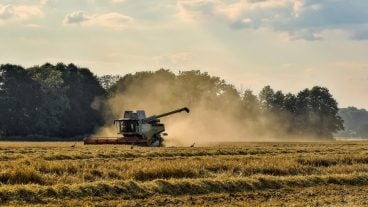
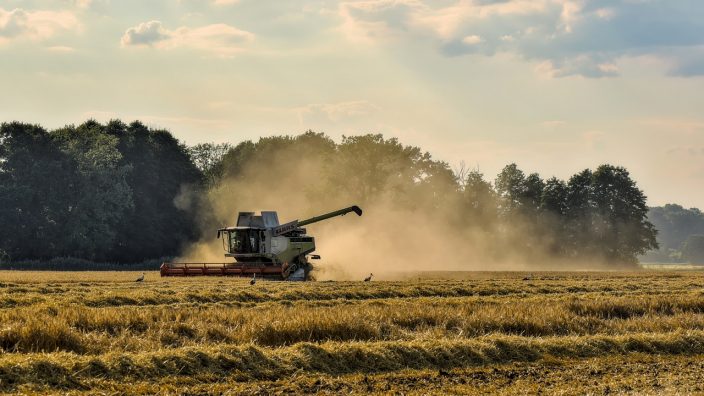
Traveling on roads with large, often oversized equipment adds to the stress.
Read More

Much of Ohio’s pumpkin crop ends up at farm markets, roadside stands and patches where families pick out carving pumpkins and pie pumpkins by hand.
Read More